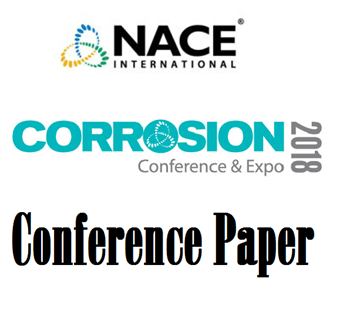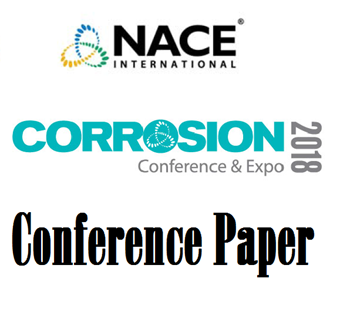Search
51318-10631-Electrochemical Behavior of UNS N08031 in Green-Death Solution
Also Purchased
51318-10630-Impact of Pitting Corrosion on the Benefit of Shot Peening
Product Number:
51318-10630-SG
Publication Date:
2018
$20.00
51318-10632-Pitting corrosion on high-Mn steel alloyed with Ni and Cr in low H2S high CO2 high temperature and high Cl- environment
Product Number:
51318-10632-SG
Publication Date:
2018
$20.00
51318-10634-Study on Ferrite Measurement Methods for Duplex Stainless Steel Welds
Product Number:
51318-10634-SG
Publication Date:
2018
$20.00




